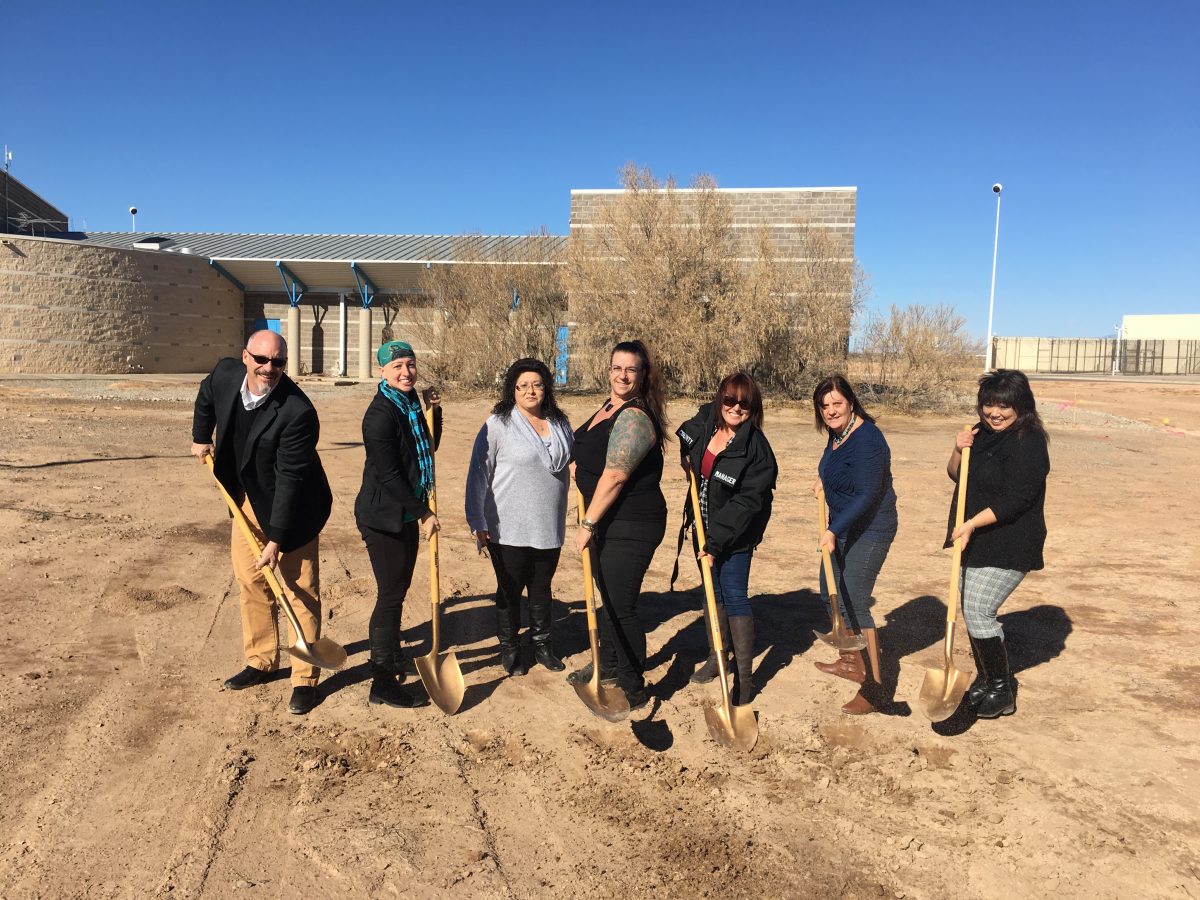By: Donna Marion, AIA, LEED AP BD+C
To quote a dear friend, “The most impactful designs are often in the most challenging places.”
After spending the better part of last year managing design for the renovation and expansion of the Otero County Detention Center (OCDC) these words have never rung truer to me. Our firm, Studio Southwest Architects (Studio SW) partnered with Dewberry, a detention center specialist and advocate for reform, to provide repairs, rectify functional issues, and expand the facility in order to provide much-needed amenities and resources for both the inmates and staff.
Detention centers are often understood in terms of punishment, but their role, ideally, is to rehabilitate. The highest aim of a detention center is to tend to the inmates such that they are better for their time served there. Better – because they have been provided the resources to transform themselves and re-enter society as a positive contributor. That requires a facility of dignity and safety, with adequate resources to address physical and behavioral health issues. That’s a lot to ask of a detention facility that was originally designed without modern standards and regulations and has been underfunded for maintenance ever since. Jails, in particular, the type of detention center that houses inmates with short-term sentences as well as those waiting for trial, are dealing with increasing populations with special management needs, such as mental illness and drug addiction.
“According to a study released in 2017 by the Bureau of Justice Statistics, nearly half the people held in jails suffer from some kind of mental illness, and more than a quarter have a severe condition, such as bipolar disorder. The same year, the bureau reported that about two-thirds of sentenced jail inmates suffer from drug addiction or dependency; that number was based on data from 2007-09, so it does not take into account the recent catastrophic rise of opioid addiction. That epidemic and other public-health emergencies, in jails across the country, are being aggravated by failings in the criminal-justice system.” The Jail Health-Care Crisis, The New Yorker. March 4, 2019.
Every work of architecture has a social impact, some more obvious than others; detention design in particular requires:
– extensive technical rigor;
– understanding of how space has very real influences on human behavior;
– navigating emotional and ethical issues;
– and a careful language that aligns with the higher aims of the project.
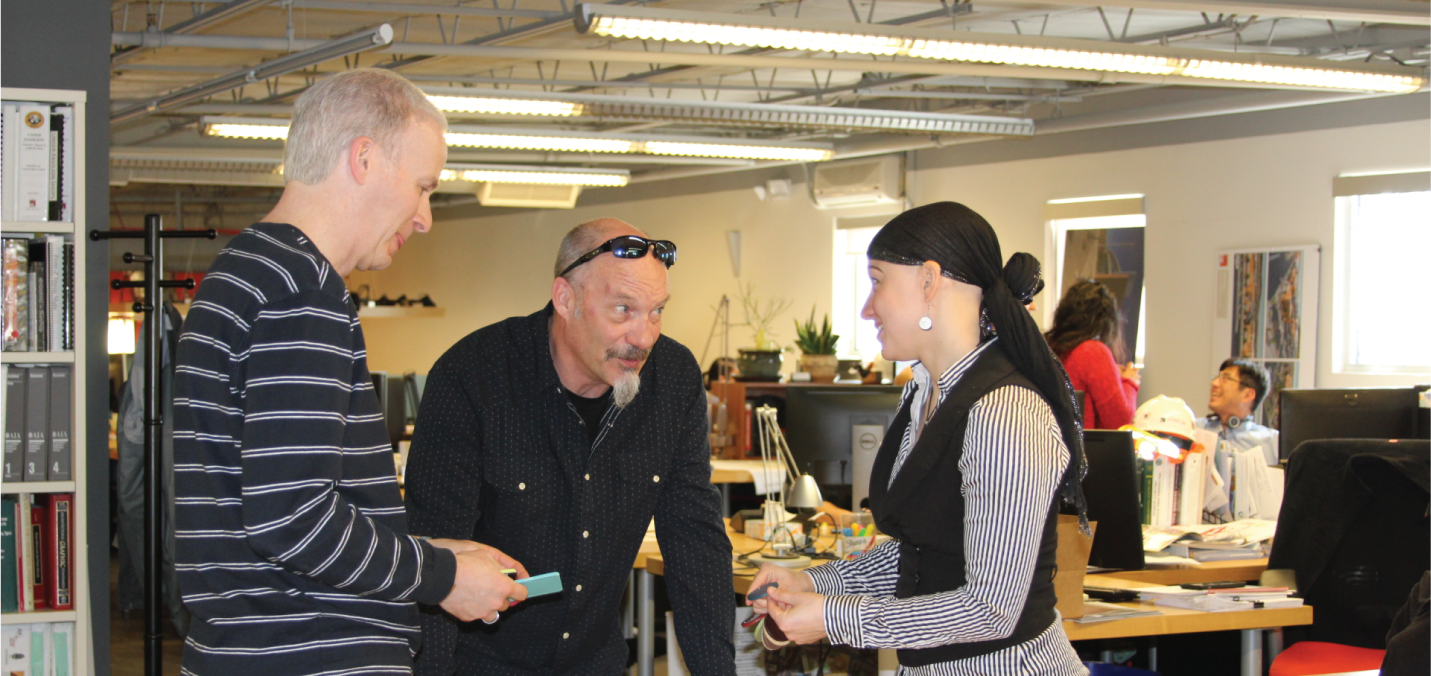
THE TECHNICAL CHALLENGE
The first step in the project for OCDC was learning about the existing facility – its history, ambitions, and shortcomings. I had never set eyes on a jail before, let alone entered one.
OCDC houses inmates serving time for a wide variety of crimes; a set of dorms houses low-risk trustees who can work in the kitchens, or laundry, with short sentences for misdemeanors. Another housing block is set for medium security, and another for high security, for more severe and violent crimes.
Preparing for the incarceration of the most dangerous and violent inmates means understanding the potential of every object as a weapon.
Glass can be broken, and the shards become knives.
A gap between the light and the ceiling becomes a hidden stash for a smuggled razor blade.
A handrail becomes the support for a desperate inmate’s noose.
This kind of work can take the mind to dark places. Safety is a huge concern, which can mean the cost of warmth and gentleness in the design, because the worst-case scenario is a day-to-day reality for both inmates & facility staff. Solid piece stainless steel forms with rounded edges and no removable parts is standard.
Balancing the need for safety with the desire for humane design is tricky, but this is just one of many places where your detention consultants are a fantastic and critically important resource. They do this work day-in and day-out; they know the reality and can provide the essential design advice you need in order to balance comfort and security.
Lesson: Detention centers are a steep learning curve because they are a highly specialized program and construction type.
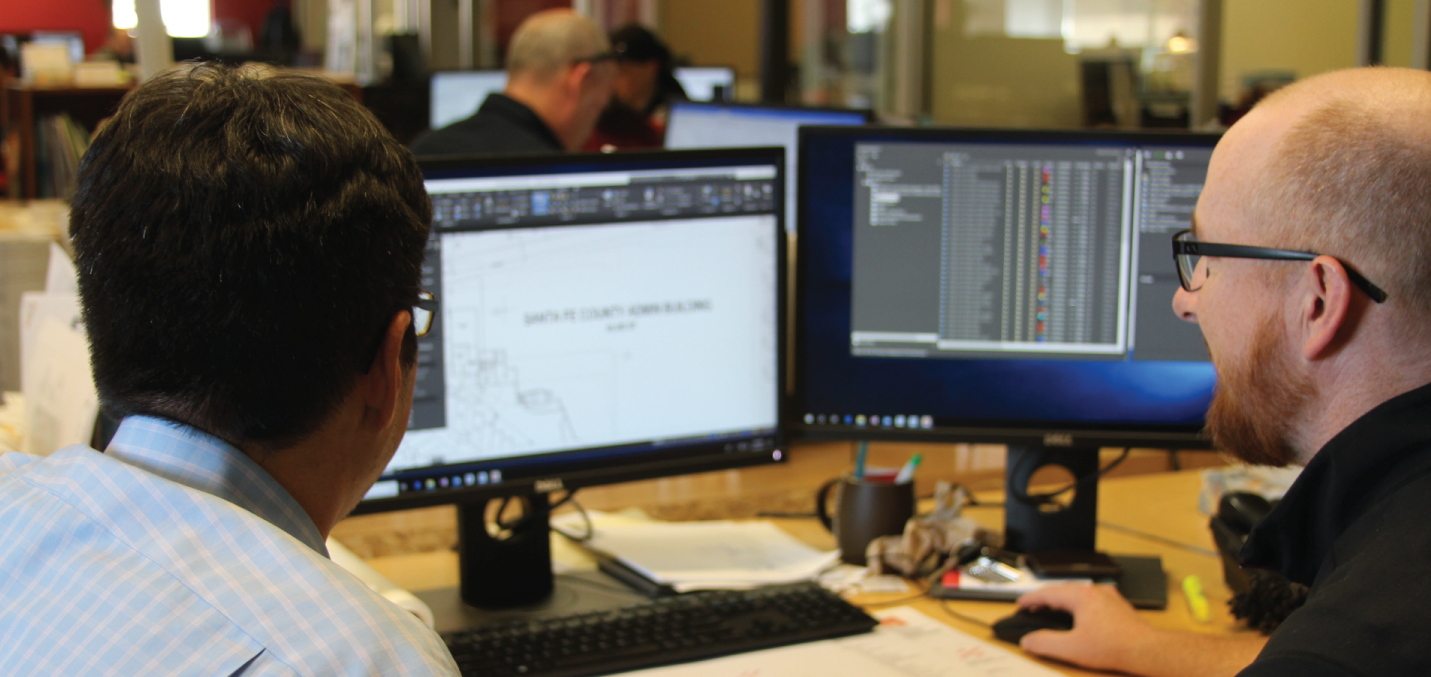
SPACE INFLUENCES BEHAVIOR
Consider PREA, the Prison Rape Elimination Act. The premise is simple: design facilities that don’t enable sexual assault. Pragmatically, this means balancing privacy while keeping lines of sight open as much as possible. The facility should provide enough privacy & personal security that inmates can avoid Peeping Toms while violent acts can’t take place around blind corners.
This general premise applies to so much. Providing clear lines of sight is an important safety measure, whether that is for a guard on patrol, a nurse surveying the infirmary, or an inmate not being ambushed by a rival.
I found that after an initial explanation, I could sense which schemes met this criteria and which did not. This was not, however, as intuitive to others, who had yet to consider the idea that a building’s design could help prevent rape. Environments are not behaviorally neutral; they shape our actions, whether benevolently or destructively. They can enable healthy behavior or destructive behavior. They can provide necessary components for recovery and healing, such as proper lighting, fresh air, and balanced acoustics, or they can deprive these from inhabitants; inmates with mental illness are particularly sensitive to these attributes of their environment.
“Both jail operators and private health-care companies recognize that it would be better to treat mentally ill people, especially those who are nonviolent, in specialized hospitals or in dedicated units in jails. But building those facilities and hiring counselors and psychiatrists to staff them requires government funding that many operators don’t have. There are ‘never enough beds’ to accommodate such cases, Patrick Cummiskey, of Wellpath, told me. Jails are ‘absolutely the wrong place’ to treat mental illness, he said, yet they ‘have become the largest mental-health provider in most communities.” The Jail Health-Care Crisis, The New Yorker. March 4, 2019
One of the most important environmental components is natural light since it plays such a key role in people’s behavior.
– It boosts mood, warding off seasonal depression;
– it regulates circadian rhythms, which improves sleep;
– it enhances healing, decreasing lengths of hospital stays;
– and it improves overall mental health.
Seen through this lens, the decision to add skylights and outdoor recreational areas open to the sky above are significant design decisions with tangible behavioral effects.
To state the obvious, the residents at a detention center can’t leave. It’s important to understand this demographic as a vulnerable population; a high standard of care is required, since the effects of building design are with them during their entire sentence – and even beyond.
“New Mexico has the second-highest recidivism rate in the country, with half of its former inmates landing back behind prison bars within three years. To shrink those numbers, the state House passed a measure that would require jails and prisons to make sure inmates have access to behavioral health services.” Public Safety Bill Includes Jail Behavioral Health Services, Public Health New Mexico; February 5, 2018.
Lesson: Design decisions have very real behavioral consequences for staff and inmates.
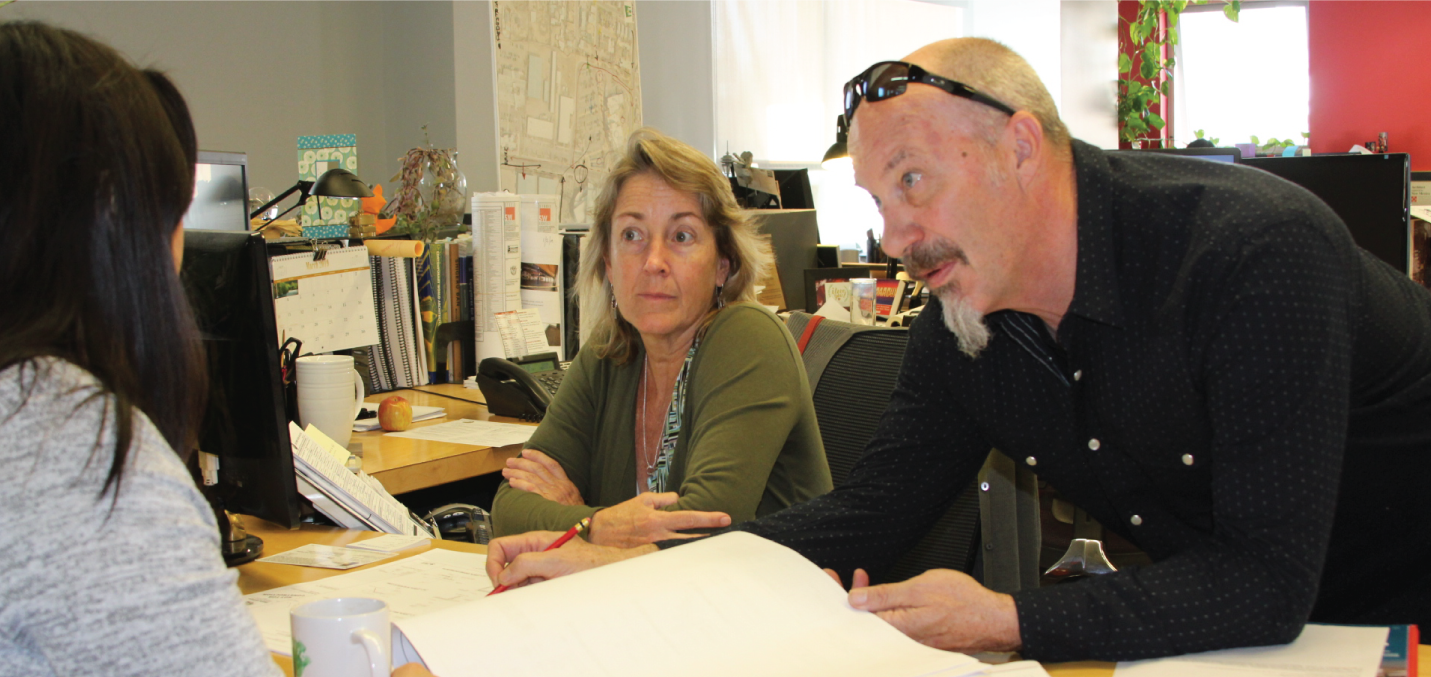
EMOTIONS AND ETHICS
Just as everyone responds to life’s challenges differently, everyone on my team responded to this project differently. Some dove in aggressively, soaking it up like a sponge; some remained carefully aloof; some deflected with humor. My response was different still, as I worked to balance compassion through design with the calculated logic required to make certain decisions.
I discovered that learning about detention centers outside of work in large doses, as I was first tempted to do, was overwhelming and led me to “taking work home” at the beginning of the project. On the other hand, exposure in small doses became a crucial part of both learning and coping, and placing this project within its larger context.
“Only 23.1% of the New Mexico population’s need has been met, leaving 1,211,555 New Mexicans without adequate mental health care access.” New Mexico Behavioral Needs Health Assessment, January 2017
I also knew that for myself, I needed to believe in the vision of the project before I could do my best work. In that light, it’s ironic that my first site visit gave me so much anxiety. I wish I had known in advance that it would be a sincere, positive turning point in my experience. Meeting the client face-to-face, seeing their high standard of care and alignment of values gave clarity and focus to the work and our larger aims.
“For architects who do design such facilities, there is a real opportunity to make contemporary prisons more humane and responsive to the goal of rehabilitation.” Prison Reform: Can Architecture Make a Difference? Architectural Record, March 2019.
After crystallizing the project’s humanitarian aims, it became clear that not everyone will forefront the humanity and care through design. It is your job as a project manager to set the tone for the team and prioritize everyone’s efforts. Sometimes this is an in-depth discussion of PREA; other times this is as simple as arguing for the placement of a skylight.
Lesson: know your working style and what you need to produce your best work, and keep the team focused on the values driving the project.
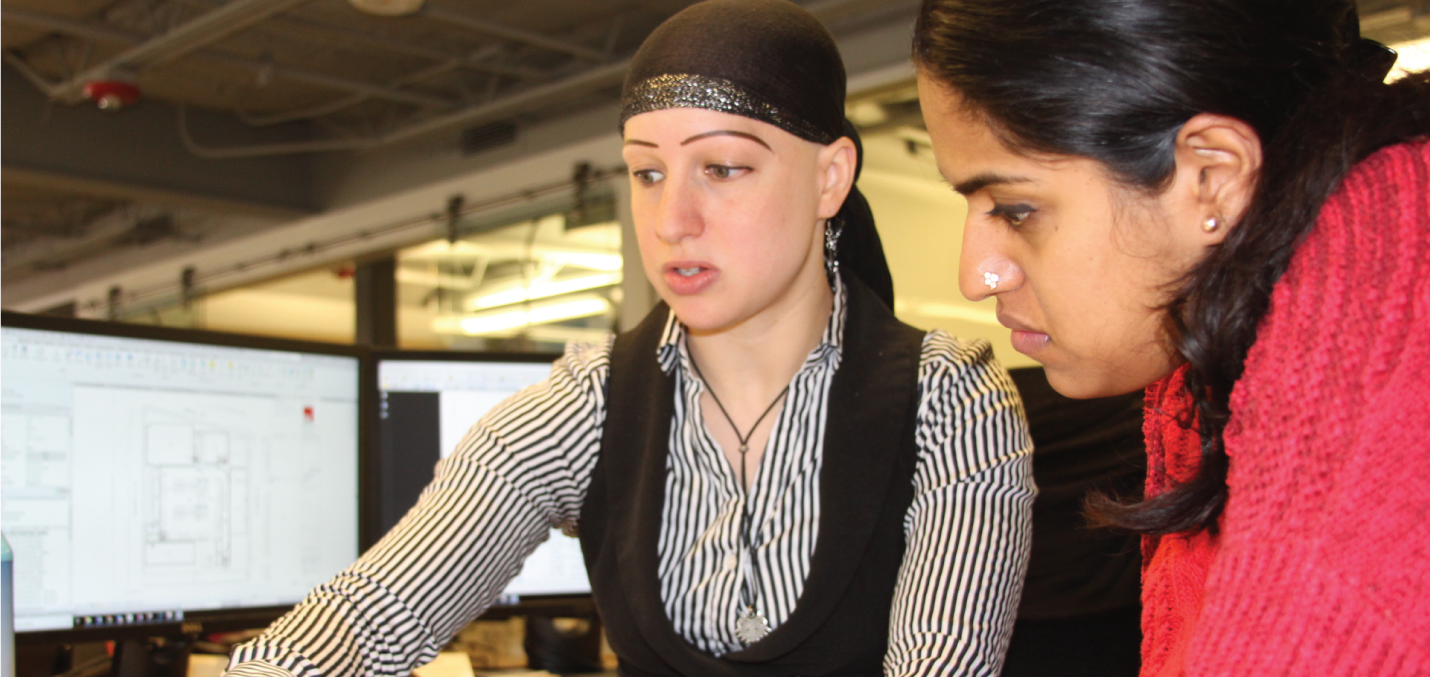
LANGUAGE MATTERS
How we talk about the work influences how we work. The way we speak is part of the way we understand and handle issues, and I discovered that I needed to find the language to talk about the project, inside and outside of the office, before I could become an effective advocate.
“Housing”, not “jail cells”
“inmate population”, not “prisoners”
“special management”, not “disabled and mentally handicapped”
Basically, its language that embodies the humanity we also want present in the design.
Language can also determine if we are holding the issue close or at arm’s length – and sometimes I needed that distance, to keep from becoming emotionally overwhelmed and depressed. This meant using more obscuring language, like using acronyms instead of full descriptions, or unfamiliar technical terms like “anti-ligature” (look this up at your own risk – the implications aren’t pretty.)
What helped even more, though, was hearing other folks speak on the topic, including this quality and candid podcast discovered by one of my teammates:

Ear Hustle brings you stories of life inside prison, shared and produced by those living it.
Real stories, real voices, and tales that span from the course and gruesome to the heartwarming and hilarious. Listening to this podcast regularly gave me another layer of insight, and through hearing these folks discuss their stories I learned to better articulate mine. It was at this point that, for the first time, I started feeling comfortable talking to friends and family about the work I was doing – because I finally understood how to do so.
Lesson: A humanitarian and compassionate approach to detention design requires terminology to match.
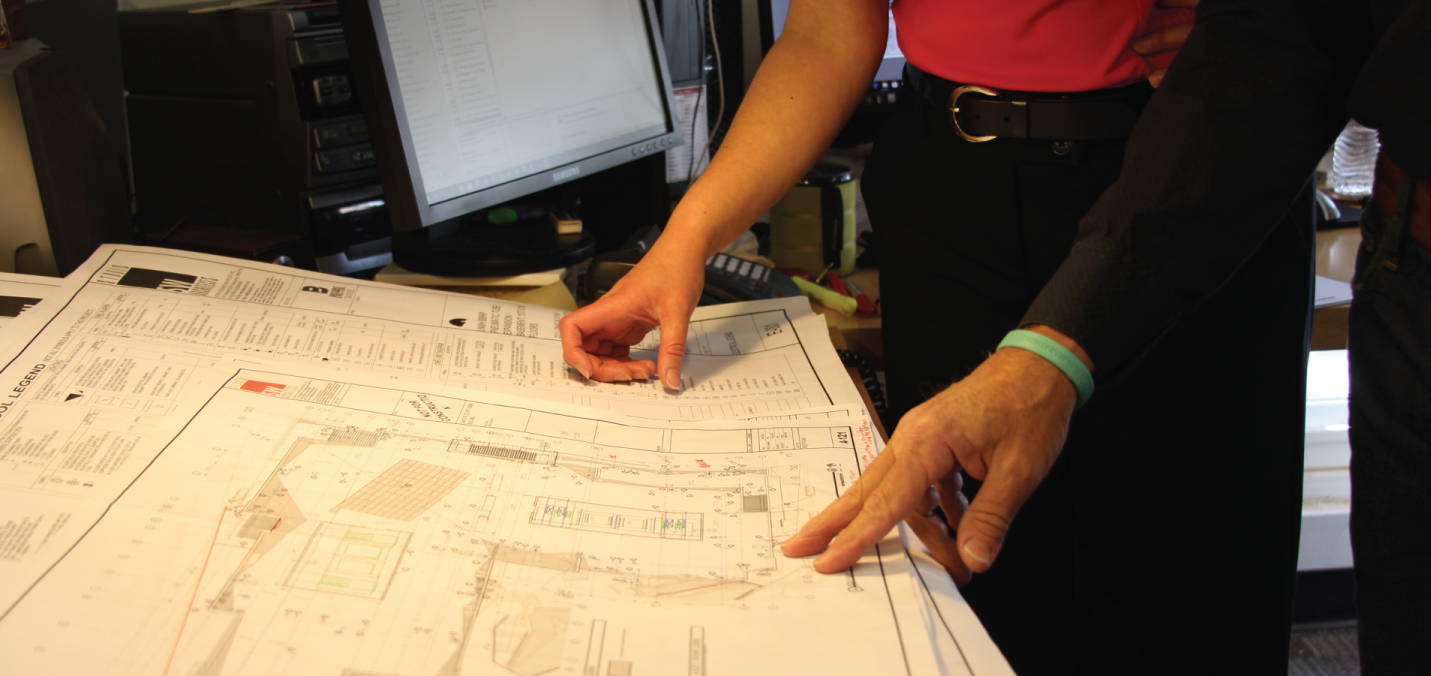
BEYOND BULLETPROOF GLASS
We all have to draw our own boundaries; sometimes, to be the most effective designer we can be, we need to live and breathe the concepts we preach.
One day during my train commute, another regular sat down across from me and struck up a conversation. I complimented his tattoos – he had two elaborate sleeves – and he mentioned he got them while in prison. The artist had ink, a guitar string, and a makeshift mallet, and tchk-tchk-tchk, hammered each puncture by hand.
This piqued my interest, and I told him about my work. I asked if he would be comfortable telling me about his experiences in prison – and after a moment of surprise, he was eager to do so. He described the violence; the codes of honor; the precautions he took for his safety; how proud he is to lead a different life now that allows him to support his family.
I asked him if he could change something about prison to make it better, what would it be?
After a pause, he told me, counseling and other mental health support. I asked, “Do you think folks would actually use these services if they were more readily available?”
“Definitely. Everyone there needs them.”
It is good to know that through our design of a new behavioral health wing that we are helping to make this happen.
“There is a moral quandary that needs to be addressed in architecture,” [Michael Murphy of MASS] says. “If an architect’s only ethical choice is to refuse designing prisons, that might be good for his or her conscience, but it certainly doesn’t assist those who are incarcerated. If human dignity is at the core of what we believe as a society, then architects have an enormous role to play.” Vera Institute for Justice and MASS Design Group Reimagine Prisons. Architectural Record, March 2019.
Props to my colleagues who fight the good fight every day. For me, the future of my work in this realm is unknown, but as we say with my team at every obstacle, success, or turn:
“Onward!”
 Donna Marion, AIA, LEED AP BD+C
Donna Marion, AIA, LEED AP BD+C
Donna sees architecture as the balance of tension between technical needs and design possibilities; one that has the unique ability to benefit the common good. She takes pride in her work and enjoys seeing the positive impact that architects have on their communities.


